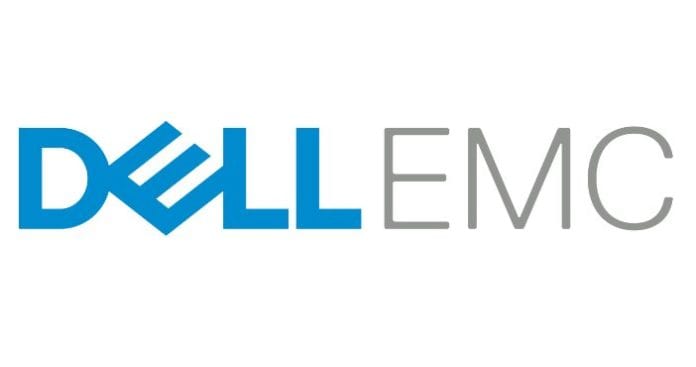Dell EMC announces Virtual Edge Platform (VEP) family
Dell EMC is taking open networking to the edge for next-generation access with the introduction of a new family of products, referred to as the VEP family. The VEP family includes the EMC VEP4600 along with three validated solutions that use the EMC VEP4600.
The purpose of the VEP family is to accelerate digital transformation by connecting the enterprise edge to the cloud via universal Customer Premise Equipment (uCPE). Dell’s VEP4600 serves as a x86-based, uCPE, providing a platform for supporting multiple virtual network functions (VNFs) simultaneously. This allows different, physical devices to be consolidated into a single uCPE, while maintaining the performance levels needed to host several VNFs.
The introduction of Dell EMC VEP4600 builds upon the company’s Open Networking initiative, which it first launched in 2014. It was intended to address increased interest in network functions virtualization (NFV) and software-defined networking (SDN) among enterprises. Since then, the company has widened its Open Networking portfolio with additional switches and services.
“There is a real need among service providers and enterprises to update network operations to address distributed and cloud-based applications and capitalize on changing economics enabled by cloud models,” said Tom Burns, senior vice president, networking and service provider solutions, in a statement. “By infusing Open Networking into access networks to the cloud with the Virtual Edge Platform family, Dell EMC can help customers modernize infrastructure and transform operations while automating service delivery and processes.
Dell’s VEP4600 is powered by the new Intel Xeon D-2100 processor. Intel released its D-2100 processor in February, a system-on-a-chip (SoC) made for edge computing workloads. Dell said the VEP4600 is the first SD-WAN solution to use the Xeon D-2100 processor. It is also powered by Intel QuickAssist Technology and Data Plane Development Kit (DPDK). Dell said these features will help optimize compute resources and provide efficiency for growing security workloads.
The VEP family also provides next-generation access to the network via SD-WAN. The company is offering three validated solutions that combine Dell EMC hardware with SD-WAN software. Customers can choose different SD-WAN ready nodes for Silver Peak Systems, VeloCloud Networks and Versa Networks, which include turnkey capabilities.
“There are some traditional networking suppliers that have offerings but you can only use their software,” Jeff Baher, technical marketing leader at Dell, told RCR Wireless News. “We have a different approach. We have what we believe to be the most optimized platform and the freedom to select the software that you would like to use on top of that.”
Dell EMC’s VMware business announced it intended to purchase SD-WAN startup VeloCloud last November. The move deepened the rivalry with Cisco, which purchased VeloCloud competitor Viptela for $610 million last August.
Dell added the platform provides the performance, programmability and time-to-delivery to meet new service requirements quickly, such as routing, firewalls and deep-packet inspection. These VNFs can be added to the VEP by customers and/or Dell EMC in the future if needed. Dell said it will begin shipping VEP4600 worldwide in late April.

